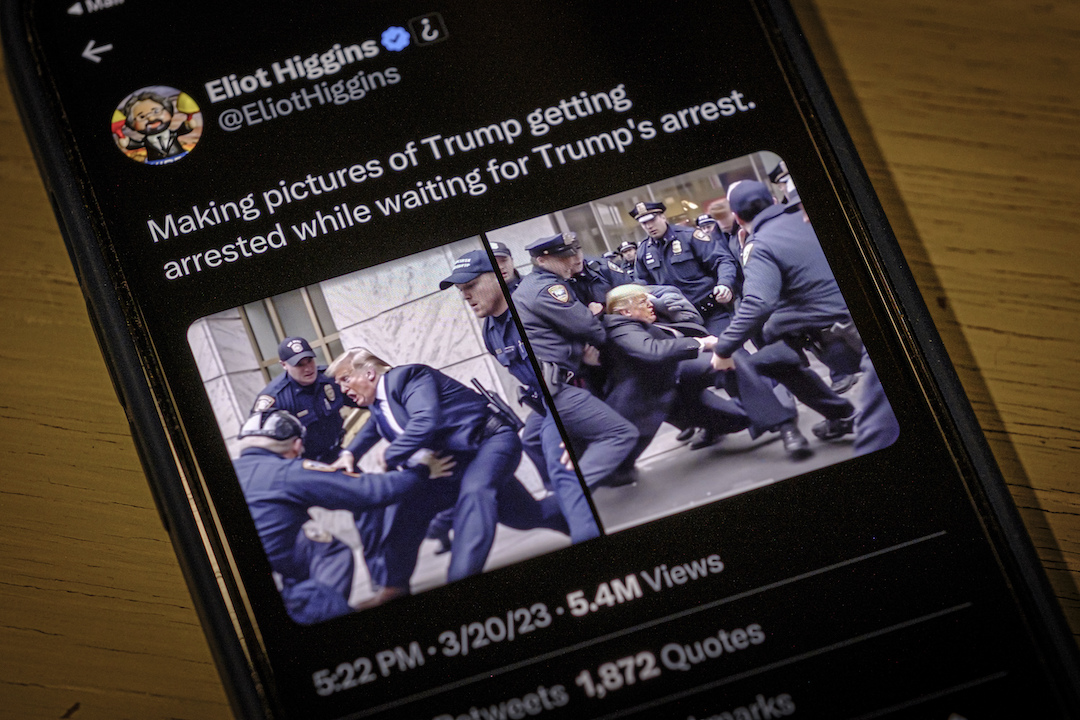The 54th Super Bowl will feature an ad on Mexican avocados, a few presidential candidates, Bud Light Seltzer, and of course, some football.
Before you stock up on chips, dips and beer, here are some storytelling tips our Poynter colleagues have gleaned from past Super Bowl ads, courtesy of our archives.
It’s halftime in America, 2012
“The ad demonstrates the relative nature of defining length in a text,” Poynter’s Roy Peter Clark wrote of the Chrysler ad featuring Clint Eastwood. “In the land of thiry-, sixty-, and ninety-second spots, the two-minute spot towers over the rest, the longest (and most expensive) of the lot. Yet in most other contexts, 260 words constitute not a water tower but a fire hydrant. From Lincoln to Eastwood, Americans love to be inspired by two-minute blasts of good writing.”
Here’s the start of Clark’s analysis of why the long commercial worked. You can read the full story here.
It’s halftime.
[A brilliant opening. Two simple words, one a contraction, placed in the immediate context of television viewers watching the game.]
Both teams are in their locker rooms discussing what they can do to win this game in the second half.
[American civic culture is saturated with sports metaphors, analogies, and allusions. While these can become clichéd and annoying, they are in context here.]
[the_ad id=”667826″]
It’s halftime in America, too.
[Another sharp line, a riff off Reagan’s “Morning in America” commercial, yet subtle enough that it does not signal that this will be a heavy-handed ideological piece.]
Related training: Becoming a more effective writer
Puppy Love, 2014
Poynter’s Al Tompkins breaks this sweet commercial down frame by frame here, and includes this storytelling advice that works across all mediums:
“Great stories have so much in common with this commercial. They have tension, context and an explosion of action. They are highly focused and don’t get distracted by characters who never pay off. You don’t need music, horses or puppies to tell a story. Stick to the fundamentals that work every time.”
Related: Why NPR spent Super Bowl 50 tweeting football haikus
[the_ad id=’667872′]
United we stand, 2018
“Great stories start with tension,” Tompkins reminds us in a frame-by-frame analysis of another Budweiser commercial, which you can see here.
“Video storytellers can learn a lot from this ad,’ Tompkins wrote. “Watch how the story makes you ‘feel’ something for the main character first, then the narrative switches to his action, then back to a reaction from the hero’s wife. Without the first 16 seconds of set-up we wouldn’t feel a thing at the end.”
Kristen Hare covers the transformation of local news for Poynter.org. She can be reached at khare@poynter.org or on Twitter at @kristenhare







